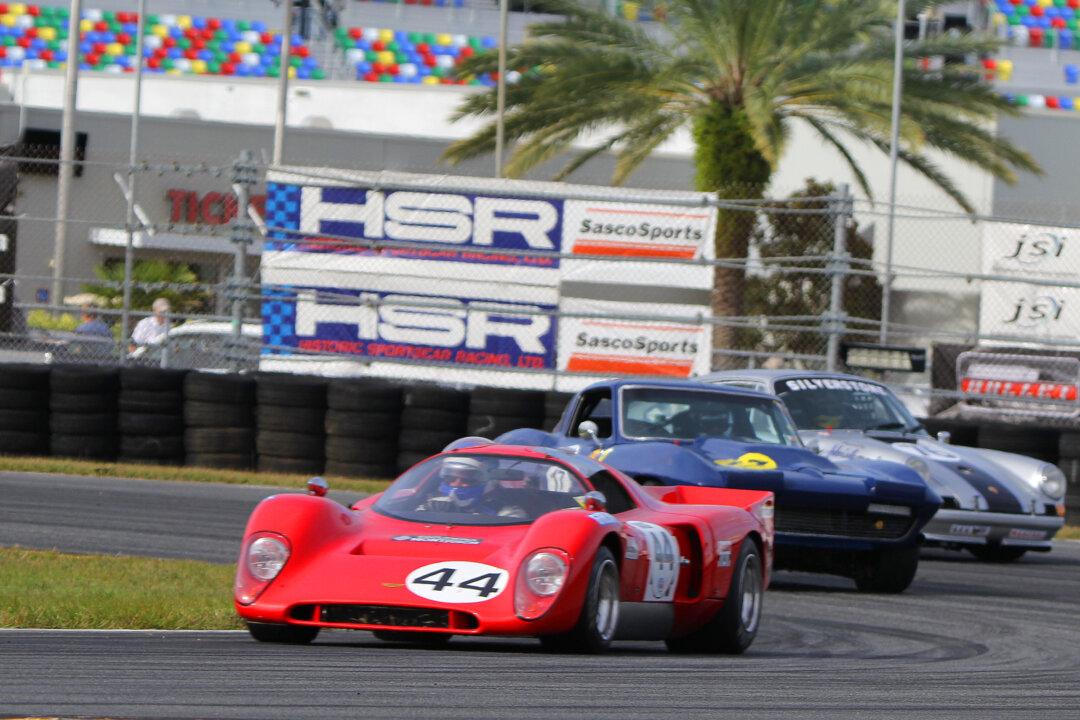DAYTONA BEACH, Fla.—For more than four decades, the 24-hour race at Daytona International Speedway attracted the biggest names in international motorsports—the fastest cars and drivers from around the world gathered each January in the small seaside city to contest one of the world’s premier sports car endurance races.
Now with the advent of the Historic Sportscar Racing Classic 24 Hour at Daytona presented by IMSA, those cars and drivers are back on track doing battle.
Famous cars from the past and famous drivers past and present came to Daytona on Nov. 11–15 to meet their fans, showcase their talents, and display some of history’s most notable racing sports cars. More than that they came to race—to take these priceless machines out onto the asphalt and to thrash them through the tight infield corners and wind them out on the Speedway’s banking.






